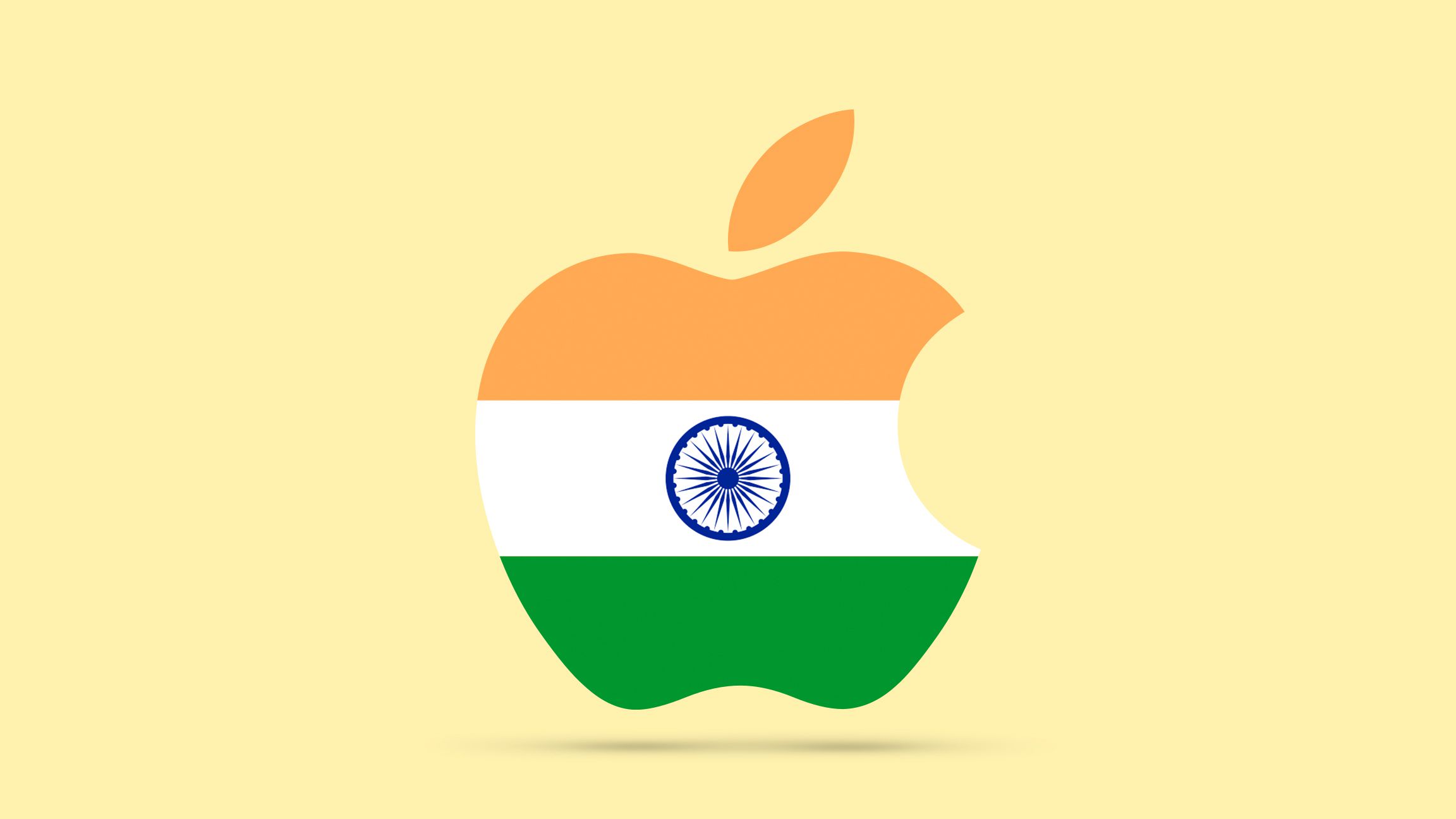It’s that time of the year again: Apple has dropped four new iPhones, and like the millions of buyers around the world, I’m wondering whether I should upgrade to the iPhone 17 or the iPhone 17 Pro. Apple has made it really difficult to choose between the two this year, as the baseline iPhone is no longer an entry-level compromise.
I’m Using a One-Year-Old iPhone 16
To begin with, let me give you some context about my iPhone 16. I purchased it in October 2024, roughly a month after Apple’s “Glowtime” took place. It’s the 128GB storage variant, which debuted at $799 in the United States and around $900 in India. Using a specific bank’s credit card, I got a $50 discount on the handset, reducing my effective price to $850.
It’s been almost a year since I’ve been using the device as my daily driver, and I haven’t once regretted my decision to upgrade to the handset from the aged iPhone 13. The phone offers an adequately bright display, a powerhouse of a chipset that handles all my video games and casual photo/video editing, and a rather decent battery that lasted me an entire day of usage for the first few months.
The cameras, especially the 48MP primary sensor and the Camera Control button, have been a major highlight for me as well. It captures sharp, detailed, and balanced pictures in almost all lighting conditions, whether you’re shooting an indoor event or an outdoor sunset; the results are rarely disappointing. While you do get an optical-quality 2X zoom, the video quality, and especially stabilization, is excellent.
Currently, I’ve installed the iOS 26 developer beta on my iPhone, just to get a taste of what one of Apple’s biggest software overhauls feels like, and it surely feels fresh. Everything else, like the overall build quality of the handset, the audio quality, how the Dynamic Island displays interactive notifications or background activities, and the overall user experience, has been solid to date.
Of course, no smartphone is perfect, and after nearly a year of daily use, the shortcomings in the iPhone 16 have started to show.
My iPhone 16 Long-Term Review
Since I use the device as a daily driver, which involves consuming a lot of content on YouTube, OTTs, and other social media platforms, I wish that the smartphone had a slightly bigger display. These days, you can find a $300 to $400 smartphone with a 120Hz refresh rate (even though it features an LTPS panel), which makes me feel bad about the baseline iPhone, as it lacks the feature.
With constant photo-taking or video recording, the 128GB storage on the 2024 iPhone feels woefully insufficient, barely lasting two months before offloading files to an external storage device (or cloud storage) becomes inevitable. As mentioned previously, I’d also feel at ease if my iPhone had a higher zoom range, which would help me with portrait photography.
While the overall performance of the iPhone 16 is commendable, its battery life could surely use some improvement.
-

- SoC
-
A19 ship
- Display
-
6.3-inches
- Storage
-
256 or 512GB
- Ports
-
USB-C port
- Colors
-
Lavender, Sage, Mist Blue, White, Black
- Display type
-
Super Retina XDR display
The newest addition to the Apple iPhone lineup offers new colors, the A19 chip, and the N1 networking chip.
-

- SoC
-
A19 Pro chip
- Display
-
6.3-inches
- Storage
-
256GB, 512GB, or 1TB
- Ports
-
USB-C
- Colors
-
Silver, Cosmic Orange, Deep Blue
- Display type
-
Super Retina XDR display Footnote
The Apple iPhone 17 Pro is the company’s most powerful smartphone to date, offering impressive cameras and the A19 Pro chip. It lets you do practically anything, including shooting quality videos.
Why the iPhone 17 Pro Feels So Tempting
Now, all of these are day-to-day problems that I faced with the iPhone, hoping to upgrade to a new model when the iPhone 17 lineup arrives. For that, I had the iPhone 17 Pro in mind. For years, the affordable Pro variant has featured ProMotion display technology or a variable refresh rate (1-120Hz), which makes scrolling around the user interface feel smoother, and unlocks an efficient always-on display feature.
While the Pro iPhones have featured a 6.1-inch OLED screen for the longest time, Apple has increased the screen’s size to 6.3 inches on the iPhone 17 Pro (that’s another checkbox in my list). The base storage has also been increased to 256GB, which should help me avoid “Out of Storage Space” alerts for a while.
Then there’s the new 48MP (f/2.8) sensor, paired with a 4X telephoto lens, which provides up to 8X optical-quality zoom. Last but not least, the iPhone 17 Pro is rated to provide up to 31 hours of video playback time. That’s nine hours more than what the iPhone 16 is rated for. Factor in a 10% drop in the battery health over a year, and that becomes a significant difference.
Besides this, the iPhone 17 Pro gets the A19 Pro (3nm) chip that offers 40% better-sustained performance than the A18 Pro, and, by extension, an even greater leap over the baseline iPhone 16. There’s even a better cooling system inside to back it up.
Moreover, the iPhone 17 Pro, as I believe, shapes up to be the perfect upgrade. However, quite ironically, Apple has incorporated most of these additions into the standard iPhone, making this a head vs. heart battle for me.
iPhone 17 vs. 17 Pro: Head vs. Heart
For months, I’ve convinced myself to spend more on the iPhone 17 Pro to get that premium in-hand feel, the shiny triple-cameras on the back panel, and a smoother, brighter screen than my iPhone. However, at the “Awe Dropping” September event, Apple did something that was beyond my anticipation.
To begin with, the iPhone 17 appears to have borrowed the same 6.3-inch Super Retina XDR display as the iPhone 17 Pro, along with the ProMotion display technology that also unlocks the always-on display. Both displays can achieve a peak brightness of 3,000 nits under direct sunlight and 1,600 nits in the HDR mode.
Other specifications, such as the screen resolution, support for True Tone and HDR, and the anti-reflective coating, are also common.
Remember how I needed a phone with higher storage? Well, turns out Apple has upgraded the base storage on the iPhone 17 to 256GB too. Yes, there’s no dedicated telephoto camera sensor on the iPhone 17. It features the same 48MP (f/1.6) primary camera as its predecessor, but Apple has equipped the phone with a new 48MP (f/2.2) ultrawide sensor, which enables sharper ultrawide and macro shots.
The baseline iPhone 17 gets an upgraded battery, resulting in a video playback time of up to 30 hours, up from 22 hours on the iPhone 16. To my surprise, Apple has also improved the charging speed on the latest handset, which can now charge up to 50% in 20 minutes with a 40W adapter or higher.
-

- SoC
-
A19 Pro chip
- Display
-
6.5-inches
- Storage
-
256GB, 512GB, or 1TB
- Ports
-
USB-C
- Colors
-
Sky Blue, Light Gold, Cloud White, Space Black
- Display type
-
Super Retina XDR display
The iPhone Air is the newest model to join the iPhone flagship line, and its design is lighter and thinner than ever.
-

- SoC
-
A19 Pro chip
- Display
-
6.9-inches
- Storage
-
256GB, 526GB, 1TB, 2TB
- Ports
-
USB-C
- Colors
-
Silver, Cosmic Orange, Deep Blue
- Display type
-
Super Retina XDR display
The iPhone 17 Pro Max has many of the same specs as the iPhone 17 Pro, but you get a larger screen and up to 2TB of storage.
Should I Go Pro? The Price Dilemma
In the United States, the standard iPhone 17 (256GB) costs $799, which is the same as the iPhone 16 (128GB). However, Apple has increased the starting price of the iPhone 17 Pro to $1,099, justifying it with an increase in the storage (256GB) and other features. Hence, there’s a $300 gap in the price.
For an additional $300 over the iPhone 17, the iPhone 17 Pro offers a more powerful chipset with a new thermal management system, a triple-camera setup with added zoom capability (up to 8X optical-quality, 40X digital zoom), a dramatically better battery life, and a faster USB-C port. Professional videographers can also utilize the support for ProRes RAW video, Apple Log 2, Genlock, and the ability to record 4K videos at 120 fps.
However, when you look at the iPhones’ Indian pricing, it’s a totally different story. The baseline iPhone 17 (256GB) has been priced at Rs. 82,900 (about $940), while the iPhone 17 Pro costs Rs. 1,34,900 (about $1,529). As a result, I have to pay an effective premium of $589 to get the Pro, which simply doesn’t make sense.
|
iPhone 17 |
US Pricing |
Indian Pricing |
iPhone 17 Pro |
US Pricing |
Indian Pricing |
|
256GB |
$799 |
~$940 |
256GB |
$1,099 |
~$1,529 |
|
512GB |
$999 |
~$1,166 |
512GB |
$1,299 |
~$1,756 |
|
1TB |
$1,499 |
~$1,983 |
I’m puzzled by the retail pricing in the subcontinent: how can iPhones imported from India be more affordable outside of the country? Geopolitics aside, I always thought it was hardware and software additions that could impact a phone’s price, not the buyer’s zip code.
Do you really need all those extra Pro features? And, more importantly, are you willing to pay the higher introductory price for the iPhone 17 Pro? If yes, then go Pro, especially if you’re in the United States, where the difference is $300. However, as much as the Pro makes my heart race (especially the Cosmic Orange color), my head and wallet are leaning toward the vanilla iPhone 17.
Skeptical about the iPhone Air? Check out the reasons to avoid Apple’s slimmest iPhone here. Inclined toward getting the Pixel 10 over the iPhone 17? Check out this article.














